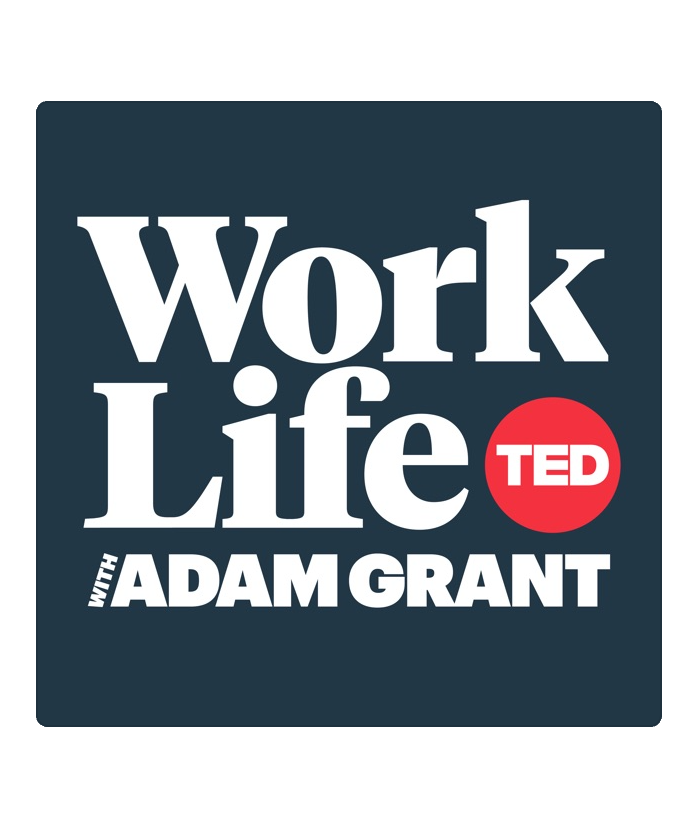
Measure and influence: To change workplace behavior, harness the right tools
Part 1: Behavioral science in the workplace
In the 2008 book Nudge: Improving Decisions About Health, Wealth, and Happiness, authors Richard Thaler and Cass Sunstein wove research, psychology, and economics to craft a fascinating story about how simple tweaks to one’s choice environment can yield significant changes in behavior. The concept of better understanding what motivates human beings to make decisions in order to improve our behaviors and outcomes spoke to audiences across demographics, becoming a kind of zeitgeist.
Since then, the field of behavioral economics—using psychological insights to understand the economic impact of human behaviors—is being increasingly leveraged to solve business problems.
Yet despite both the fascination with self-improvement, nudges, behavioral economics, and the like, and the emergence of new tools that can help companies better understand and influence people’s actions, the potential of behavioral science in the workplace has yet to be realized by most organizations. This is in part due to a lack of resources, both human capital and financial. Often, companies don’t have analytics teams that can do the underlying data work needed to understand workplace behavior. And sometimes, companies lack sponsors who understand the massive value of measuring how people work and can successfully champion the resource expenditure.
One of the first steps for leaders and changemakers who want to help their companies successfully understand and then influence workplace behavior is to understand how we got here, at the threshold of this opportunity.
In this blog, we’ll briefly explore the history of behavioral science and its entrance into workforce economics. In Part 2, we’ll look at some of the key factors leaders and organizations must keep in mind as they harness the right tools in the right ways to measure and influence behavior successfully.
Influence, then data
The application of behavioral science to business problems began well before any of these terms were ever coined. Marketers and salespeople, for instance, have long used tactics to influence people’s behaviors. However, for most of this history, no formal data was collected. Intuition and blind exploration yielded results that sometimes worked, and other times had no effect. Without any application of the scientific method to these strategies, advertising and marketing devolved into a chance-based world, popularly depicted in the show Mad Men.
In 1984, a new book, Influence: The Psychology of Persuasion, was written by Robert Cialdini. The book covers the foundations of consumer research and explains the necessity of observing and analyzing the behaviors of an individual rather than just speculating on their desires. The author applied behavioral science principles, such as the need for reciprocity or the likelihood that one will return a favor, and tested them on consumers using a scientific method; the resulting insights were validated and thus incorporated into both sales pitches and that ways products were marketed to consumers.
Since then, the art of influencing behavior has developed significantly into more of a science. With the addition of the technology needed to process large datasets and conduct systematic testing, behavioral science has begun to have a recognized effect on marketing and sales.
Finance departments were quick to follow. Behavioral insights gained through academic research began to explain why workers generally do not save enough for retirement (perceived loss of present income, feeling overwhelmed by options, etc.). In response, a new plan called the Save More Tomorrow plan was created. Here employees are asked to contribute to their retirement plan not in the present, but in the future when they receive a raise. Never noticing a change in their paychecks, the participants are not upset by the perceived feeling of loss. This plan has converted millions of employees without any savings to begin and continue to save.
By leveraging insights to create environments that maximize intrinsic motivation, organizations empower employees to not only be more engaged and satisfied with their work but also more productive.
Aiming for outcomes
Most recently, behavioral science has been applied to Human Resources. With rising concern around employee engagement and crafting an ideal workplace to attract and retain talent in competitive markets, HR has had to expand its efforts to new frontiers.
A leader in this space is Laszlo Bock, who wrote the book Work Rules! Bock, who led Google’s Human Resources department during their rapid growth over the 2000s, viewed employees not through the lens of laborers seeking a wage, but as people who wanted to make a difference. His philosophy resulted in the implementation of policies that paid people for their contribution rather than their rank, redesigned the workplace to maximize positive choices, and encouraged transparency around decisions and communication throughout the organization.
Some companies are beginning to follow this line of thinking and are drawing connections between employee behaviors and business outcomes. For example, a newfound interest in motivation is occurring as the employee engagement revolution is occurring.
By leveraging insights to create environments that maximize intrinsic motivation, organizations empower employees to not only be more engaged and satisfied with their work but also more productive. Companies have been quick to adapt to this and are beginning to offer new benefits, from paid time off for community service to opportunities for workers to connect with customers, that are geared to nurture motivation.
Regardless of the intervention, this research and new tools have created a bridge between the abstract construct of employee engagement and the concrete actions that impact employees and their companies. The result is the ability to capture employee patterns of work and test out nudges to determine how they can change the work environment and business outcomes.
Viewing the evolution of behavioral science throughout the workplace, a trend emerges. With more data comes the ability to hypothesize and test, ultimately resulting in the ability to determine the best method to encourage behavioral change. This brings us to today, where the last department to harness objective data is the last to be adopting behavioral science at scale. Human Resources has struggled to measure productivity, performance, and many other of the most important aspects of their department. With the addition of behavioral data, there are finally opportunities to quantify various work behaviors.
Companies that advance their data collection and analysis capabilities will, in turn, have the foundation to understand the intricacies of their workforce and thus how best to encourage new actions. Our next blog will explore the value created from combining behavioral science and people analytics.





